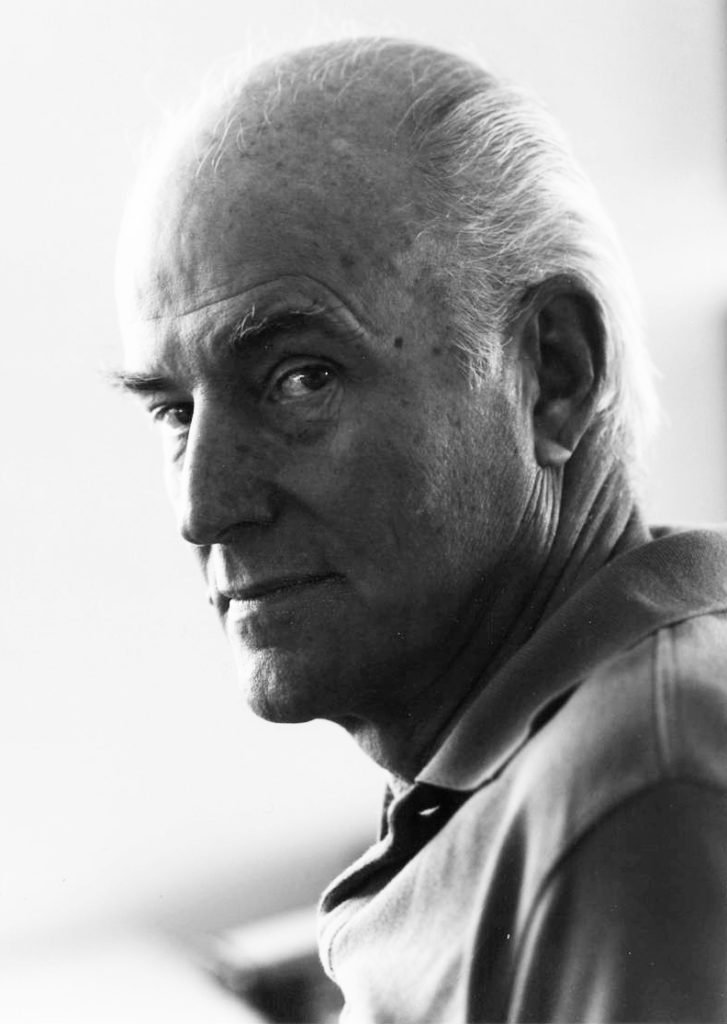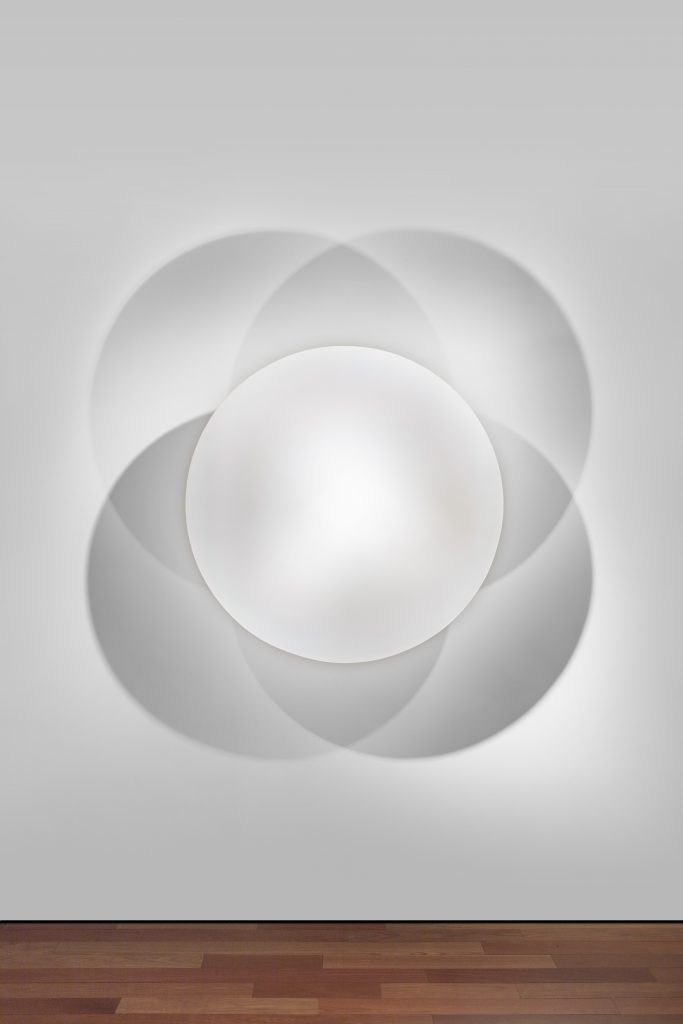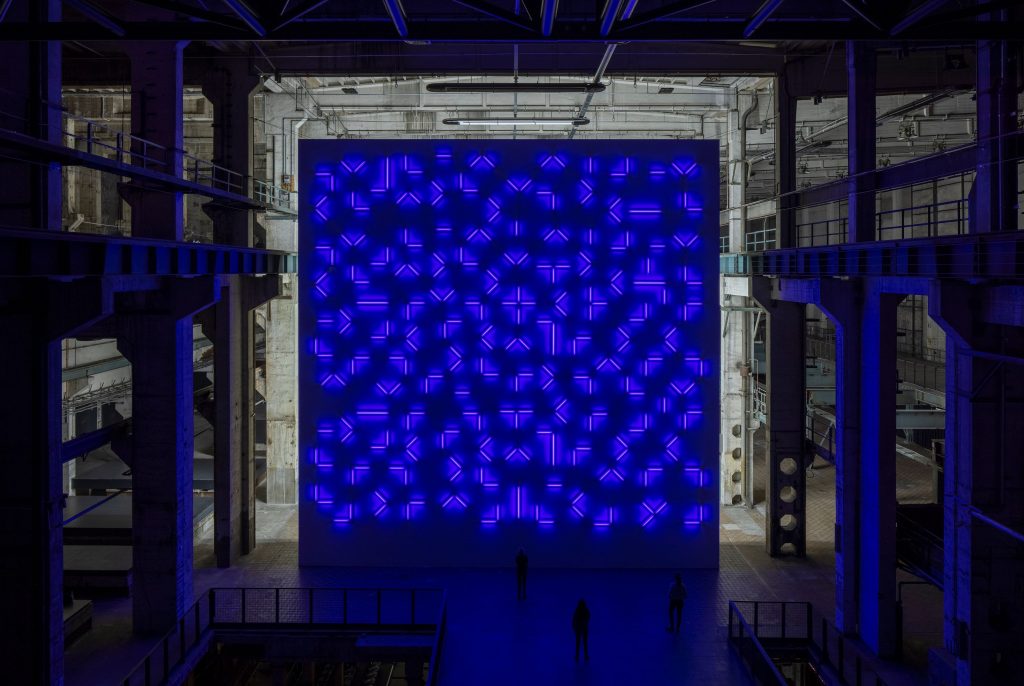People
Pioneering Artist Robert Irwin, Who Reshaped Perception With Light and Space, Has Died
Irwin was 95.

Irwin was 95.

Adam Schrader

Robert Irwin, the influential artist known for his association with the Light and Space movement of the 1960s, died October 25. He was 95.
Irwin’s passing was announced by Pace Gallery. Pace founder and chairman Arne Glimcher told The New York Times that the artist died at Scripps Memorial Hospital from heart failure.
“In my long career, I have been privileged to work with some of the greatest artists of the 20th century and develop deep friendships with them, but none greater or closer than Robert Irwin,” Glimcher said in a statement. “In our 57-year relationship, his art and philosophy have extended my perception, shaped my taste, and made me realize what art could be.”

Robert Irwin, Untitled (1966). Collection of Jarl Mohn. Photo by Joshua White.
Born in Long Beach in 1928, Irwin served in the U.S. Army from 1946 to 1947 before beginning his painting practice. His early works captured his explorations into perception—what is seen and unseen—borne out by his dot and line series. It was an inquiry he would pursue throughout his career and that would align him with California’s Light and Space movement, which centered viewers’ sensory experiences.
“To be an artist is not a matter of making paintings or objects at all,” he once said. “What we are really dealing with is our state of consciousness and the shape of our perceptions.”
Irwin exhibited with galleries and museums in California through the early 1960s and was featured in the groundbreaking 1965 exhibition “The Responsive Eye” at the Museum of Modern Art in New York alongside artists including Josef Albers, Larry Bell, and Ellsworth Kelly. He first exhibited his dot paintings with Pace in 1966 and commenced a close friendship with Glimcher. He would go on to have 20 solo shows at the gallery.

Robert Irwin, Light and Space (Kraftwerk Berlin), 2021. Commissioned by LAS (Light Art Space). © Foto: Timo Ohler. VG Bild-Kunst, 2021.
In the 1970s, the artist started to work with fluorescent lights, creating site-specific installations that engaged with both light and space. These works include his untitled 1971 installation (colloquially known as Slant/Light/Volume), made up of a single luminous oblique plane, which inaugurated the Walker Art Center’s new building; as well as Soft Wall (1974), installed at Pace, which employed a single scrim to create the illusion of an empty room. Irwin did not allow his work to be photographed until the late 1970s as attention around them began to grow.
Irwin’s canvas would expand in the following decade, when he embarked on a number of major landscape projects, designing outdoor spaces and gardens for institutions including Dia:Beacon in New York and the Getty Center in Los Angeles. He went on to win a MacArthur Fellowship in 1984, at age 56, for his work with “3D visual art.”

Robert Irwin Project. untitled (dawn to dusk). © 2016 Philipp Scholz Rittermann. Courtesy of the Chinati Foundation.
In 2016, Irwin unveiled untitled (dawn to dusk), at the Chinati Foundation in Marfa, Texas, his only permanent and freestanding installation. The work encompasses a building, its walls draped with his signature scrims to invite compelling plays of light, and a courtyard dotted with basalt columns and planted with honey mesquite trees—bringing nature and manmade construction into dialogue.
“Chinati is deeply saddened by the passing of Robert Irwin yesterday at the age of 95,” the foundation said in a statement, adding that it would have free viewings of the work through the weekend. “More reflections will be shared in the coming weeks and months. He will be missed.”
The gallery Sprueth Magers has called Irwin “one of the most eminent and influential post-war American artists.”
“His practice, which is often associated with the California-based Light and Space movement, encompasses painting and sculpture, installations, landscape projects, and interventions in public space,” the gallery has said. “His actual medium is the viewer’s perception itself.”
More Trending Stories:
Four ‘Excellently Preserved’ Ancient Roman Swords Have Been Found in the Judean Desert